With broken weather forecast to return, the challenge of gathering straw is once again made more difficult.
The prolonged wet spell prior to the end of last week had forced some serious thinking, with regard to straw and its inconvenience cost, as well as its theoretical monetary value.
I have long placed a value on straw incorporation at around €60/ac to make it worthwhile to sell.
Need for cash
While many decisions are driven by the need for cash to pay for rented land, having straw lying in the way of the next job is also a very real cost.
And with so many growers increasingly aware of an intensifying grassweed problem, the inability to do timely stubble cultivation to decrease the soil weed reserve is also a very real cost.
Every few days' delay in planting is a yield cost to that crop
For those who are increasingly aware of the benefits of cover cropping, every few days' delay in planting is a yield cost to that crop, which will turn into an economic loss either as grazing days for a fodder crop or as organic matter to be put back into the ground to improve soil health.
While there was a lot of straw baled either side of last weekend, there is still a lot to do and some of this has been on the ground for a number of weeks.
Other options
While most people will still intend to bale, it is useful to know what other options are available to you to get fields cleared.
Given the many benefits of getting immediate access to stubbles, the nutrient value of the straw, plus the many benefits of cultivation, plus the lack of delay in getting the next crops planted all add up to the €60/ac minimum value.
Some will put this value higher, and they are correct, but giving straw away at less than this value will mean continuing soil deterioration.
This is seen as the most common alternative to baling and a good way to help build soil biological activity and soil structure using the earthworm as the work horse.
Chopping and incorporation will also substantially decrease the offtake of nutrients such as P and K and this can be quantified to help reduce these inputs over time.
Table 1 shows the additional offtake of P and K in straw, as listed in the Teagasc nutrient book.
These are based on the yields shown in the left-hand column for each cereal crop.
Where yields are higher or lower than those base yields, the calculated offtake can be adjusted by 3.8kg/t/ha for phosphate for all cereals.
Adjustment can also be made for potash, but these are more complex, as straw removes higher amounts of this nutrient.
For every tonne of yield adjustment in winter wheat and barley, the amount of potash can be altered by 9.8kg/t/ha.
This increases to 11.4kg/t/ha for spring barley and wheat and to 14.4kg/t/ha for winter and spring oats.
In my opinion, the offtake amounts for our cereals are likely to be higher than the numbers in Table 1, especially for K.
This is because crops in Ireland are generally slower to fully mature prior to harvest and this can prevent the full return of surplus nutrients from the crop to the soil, resulting in higher offtake.
Nutrient value
Working off a price level of €365/t for super phosphate and muriate of potash, the value of these nutrients in straw is shown for each crop type in Table 1.
At the base yield levels shown, the value of P and K offtake in an 11t/ha crop of winter wheat is €52.30/ha and €44.10/ha for spring barley.
There is also value in the many other nutrients present, but these are more difficult to value.
Based on the numbers in Table 1, the total nutrient value of straw is likely to be up on €30/ac.
However, it is important to state that the non-removal of straw does not immediately replace the need for applied fertiliser.
Nutrients present in straw are very slow to recycle to be free for crop or soil use. So it is not an instant win-win.
A summary of some of the main advantages and disadvantages of incorporation versus selling is shown below.
Additional costs
Chopping of straw necessitates additional costs. There is the initial cost of chopping, which is best done by the combine for uniform spread. This is both a diesel and capacity cost.
Then chopped straw must be incorporated and mixed into the soil, even where the ground is to be ploughed.
Not mixing in advance could leave a sandwich of chopped straw between adjoining sods, which can function as a toxic layer for the roots of the following crop.
However, cultivation to incorporate the straw can also help kill slug eggs in dry years and it will encourage weed seed germination to decrease weed pressure over time.
Proper incorporation necessitates uniform chopping and spread of the straw.
This is very difficult to do where the straw is put in rows initially.
The use of foragers or PTO-driven tractor-mounted choppers generally results in poor uniformity of spread.
For these to work properly, the straw needs to be dry and if it is dry enough most farmers will bale.
The question is often asked if straw can be burned. The technical answer is yes, but this option would remove a considerable amount of the potential benefit of incorporation whole.
It is an easier way to get rid of the product, but if it is dry enough to burn, it will be dry enough to bale or chop.
While burning is technically banned, one can apply to the county council for permission to burn a field where there is a serious problem, such as wild oats, sterile brome or blackgrass present in the mature crop.
If you intend to do this, you need to apply for permission in advance and when you get it, you must then inform the local fire service to prevent unnecessary call-out.
You should also inform neighbours of your intention to burn.
Burning may be considered a good option where such weeds are getting out of control.
But where this is not the case, the loss of the organic matter would make this decision a poor one.
One grower, who sells all straw, told me recently that some of his straw was now in too poor a condition for his customers if it is baled at this point.
He has decided to burn it instead, but, for him, that means baling the weathered straw and using it in a furnace to generate heat.
Straw baling may still prove very difficult in parts of the country and some growers may need to get land cleared to get the next crops planted. While the majority of crops will be baled, there may still be a need to chop and incorporate or to burn some of this straw. Chopping must involve initial incorporation to help the initial degradation process and also to help reduce any associated pest damage.Burning of the straw in situ should only be considered where weeds have become a serious problem and permission is essential.
With broken weather forecast to return, the challenge of gathering straw is once again made more difficult.
The prolonged wet spell prior to the end of last week had forced some serious thinking, with regard to straw and its inconvenience cost, as well as its theoretical monetary value.
I have long placed a value on straw incorporation at around €60/ac to make it worthwhile to sell.
Need for cash
While many decisions are driven by the need for cash to pay for rented land, having straw lying in the way of the next job is also a very real cost.
And with so many growers increasingly aware of an intensifying grassweed problem, the inability to do timely stubble cultivation to decrease the soil weed reserve is also a very real cost.
Every few days' delay in planting is a yield cost to that crop
For those who are increasingly aware of the benefits of cover cropping, every few days' delay in planting is a yield cost to that crop, which will turn into an economic loss either as grazing days for a fodder crop or as organic matter to be put back into the ground to improve soil health.
While there was a lot of straw baled either side of last weekend, there is still a lot to do and some of this has been on the ground for a number of weeks.
Other options
While most people will still intend to bale, it is useful to know what other options are available to you to get fields cleared.
Given the many benefits of getting immediate access to stubbles, the nutrient value of the straw, plus the many benefits of cultivation, plus the lack of delay in getting the next crops planted all add up to the €60/ac minimum value.
Some will put this value higher, and they are correct, but giving straw away at less than this value will mean continuing soil deterioration.
This is seen as the most common alternative to baling and a good way to help build soil biological activity and soil structure using the earthworm as the work horse.
Chopping and incorporation will also substantially decrease the offtake of nutrients such as P and K and this can be quantified to help reduce these inputs over time.
Table 1 shows the additional offtake of P and K in straw, as listed in the Teagasc nutrient book.
These are based on the yields shown in the left-hand column for each cereal crop.
Where yields are higher or lower than those base yields, the calculated offtake can be adjusted by 3.8kg/t/ha for phosphate for all cereals.
Adjustment can also be made for potash, but these are more complex, as straw removes higher amounts of this nutrient.
For every tonne of yield adjustment in winter wheat and barley, the amount of potash can be altered by 9.8kg/t/ha.
This increases to 11.4kg/t/ha for spring barley and wheat and to 14.4kg/t/ha for winter and spring oats.
In my opinion, the offtake amounts for our cereals are likely to be higher than the numbers in Table 1, especially for K.
This is because crops in Ireland are generally slower to fully mature prior to harvest and this can prevent the full return of surplus nutrients from the crop to the soil, resulting in higher offtake.
Nutrient value
Working off a price level of €365/t for super phosphate and muriate of potash, the value of these nutrients in straw is shown for each crop type in Table 1.
At the base yield levels shown, the value of P and K offtake in an 11t/ha crop of winter wheat is €52.30/ha and €44.10/ha for spring barley.
There is also value in the many other nutrients present, but these are more difficult to value.
Based on the numbers in Table 1, the total nutrient value of straw is likely to be up on €30/ac.
However, it is important to state that the non-removal of straw does not immediately replace the need for applied fertiliser.
Nutrients present in straw are very slow to recycle to be free for crop or soil use. So it is not an instant win-win.
A summary of some of the main advantages and disadvantages of incorporation versus selling is shown below.
Additional costs
Chopping of straw necessitates additional costs. There is the initial cost of chopping, which is best done by the combine for uniform spread. This is both a diesel and capacity cost.
Then chopped straw must be incorporated and mixed into the soil, even where the ground is to be ploughed.
Not mixing in advance could leave a sandwich of chopped straw between adjoining sods, which can function as a toxic layer for the roots of the following crop.
However, cultivation to incorporate the straw can also help kill slug eggs in dry years and it will encourage weed seed germination to decrease weed pressure over time.
Proper incorporation necessitates uniform chopping and spread of the straw.
This is very difficult to do where the straw is put in rows initially.
The use of foragers or PTO-driven tractor-mounted choppers generally results in poor uniformity of spread.
For these to work properly, the straw needs to be dry and if it is dry enough most farmers will bale.
The question is often asked if straw can be burned. The technical answer is yes, but this option would remove a considerable amount of the potential benefit of incorporation whole.
It is an easier way to get rid of the product, but if it is dry enough to burn, it will be dry enough to bale or chop.
While burning is technically banned, one can apply to the county council for permission to burn a field where there is a serious problem, such as wild oats, sterile brome or blackgrass present in the mature crop.
If you intend to do this, you need to apply for permission in advance and when you get it, you must then inform the local fire service to prevent unnecessary call-out.
You should also inform neighbours of your intention to burn.
Burning may be considered a good option where such weeds are getting out of control.
But where this is not the case, the loss of the organic matter would make this decision a poor one.
One grower, who sells all straw, told me recently that some of his straw was now in too poor a condition for his customers if it is baled at this point.
He has decided to burn it instead, but, for him, that means baling the weathered straw and using it in a furnace to generate heat.
Straw baling may still prove very difficult in parts of the country and some growers may need to get land cleared to get the next crops planted. While the majority of crops will be baled, there may still be a need to chop and incorporate or to burn some of this straw. Chopping must involve initial incorporation to help the initial degradation process and also to help reduce any associated pest damage.Burning of the straw in situ should only be considered where weeds have become a serious problem and permission is essential. 



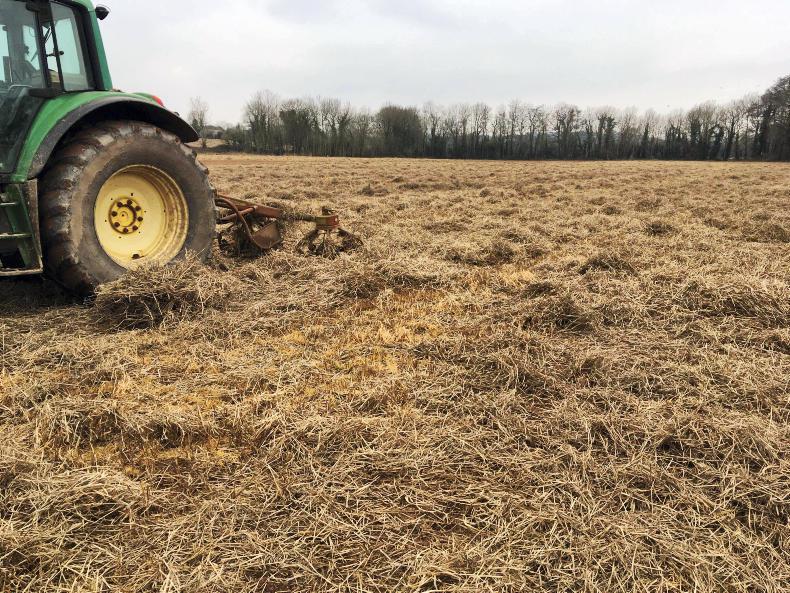
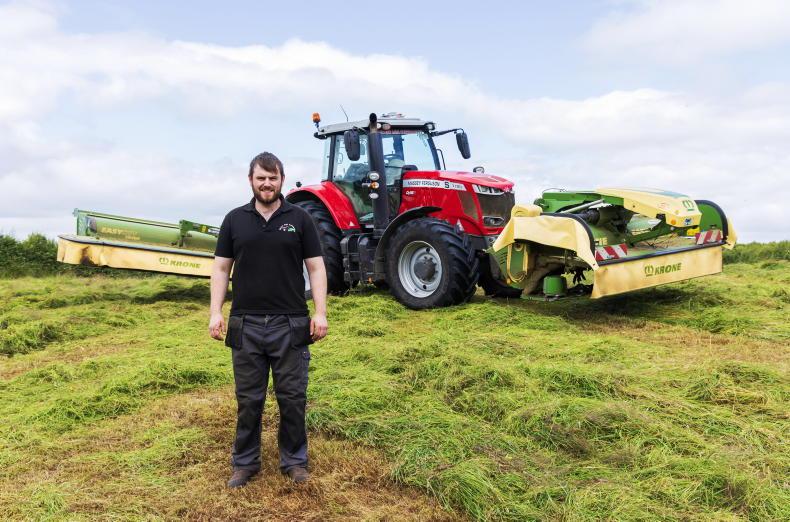
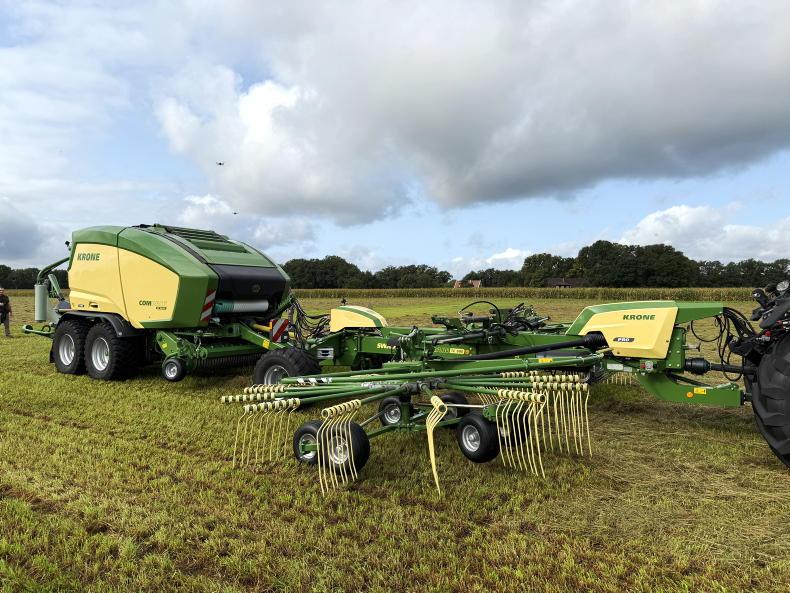
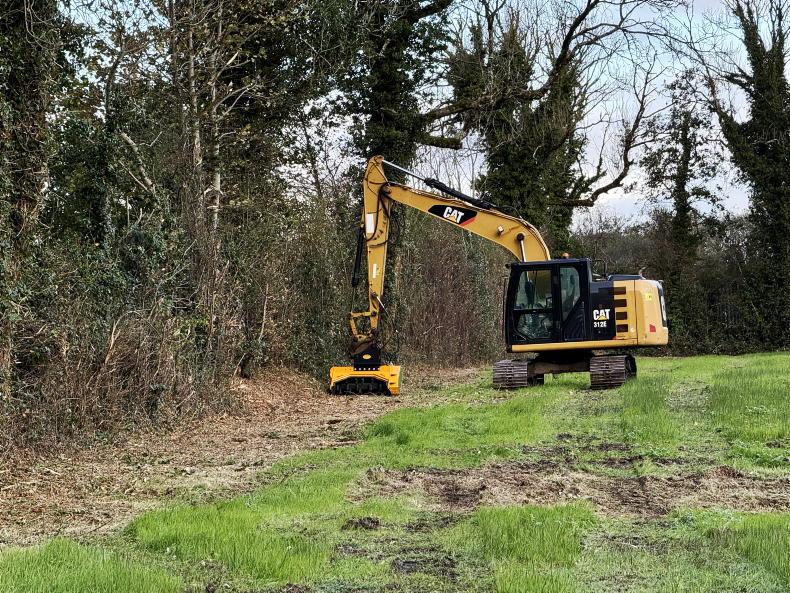
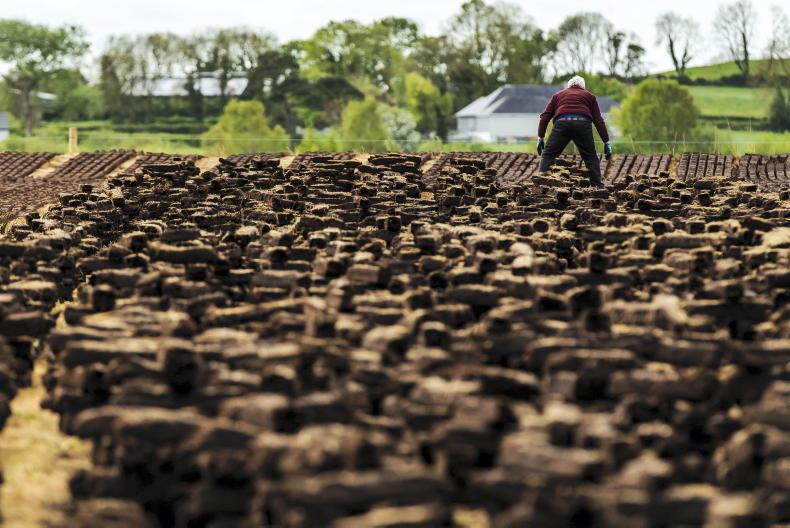
SHARING OPTIONS